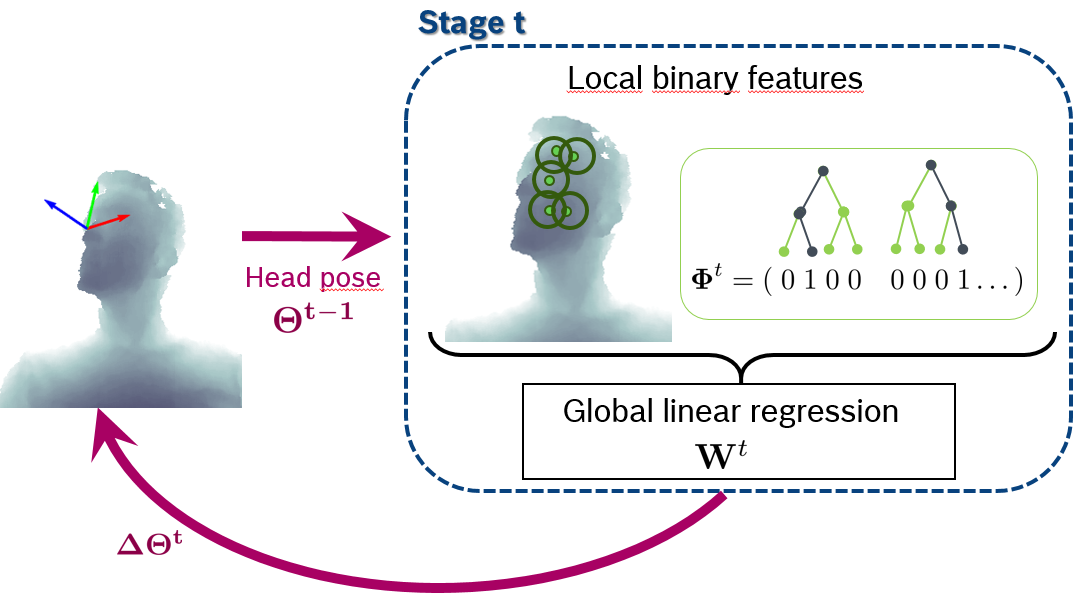Publications

DriveAHead - A Large-Scale Driver Head Pose Dataset
Anke Schwarz*, Monica Laura Haurilet*, Manuel Martinez, Rainer Stiefelhagen
Computer Vision and Pattern Recognition Workshop (CVPRW) on Computer Vision in Vehicle Technology
(CVVT
Oral, Poster),
Honolulu, Hawaii, USA,
Jul. 2017.
[pdf]
[data]
[bibtex]
[abstract]

HeHOP: Highly Efficient Head Orientation and Position Estimation
Anke Schwarz, Zhuang Lin, Rainer Stiefelhagen
IEEE Winter Conference on Applications of Computer Vision
(WACV
Oral, Poster),
Lake Placid, NY, USA,
Mar. 2016.
[pdf]
[bibtex]
[abstract]
3D Facial Landmark Detection: How to Deal with Head Rotations?
Anke Schwarz, Esther-Sabrina Wacker, Manuel Martin, M Saquib Sarfraz, Rainer Stiefelhagen
German Conference on Pattern Recognition
(GCPR
Poster),
Aachen, Germany,
Okt. 2015.
[pdf]
[bibtex]
[abstract]